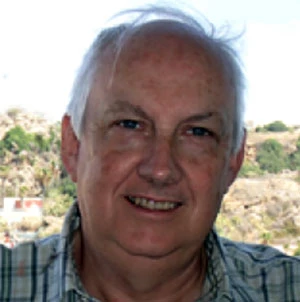Day 1: Waiting for the ship in Tromsø; Two museums in one day – too much?
, 31 Gorffennaf 2013
Tromsø University Museum [1] was established in the 1870s, it covers both regional natural history and culture. Small zoology and geology galleries explore northern Norway including an artificial aurora borealis machine (terella) [2]. Zoology is represented by a series of dioramas with a rather familiar sea-bird cliff [3]. There is content on human influences on nature including a view of what the local landscape (including flamingos and parakeets) might look like following climate change [4].
Geology has more content, not surprising with the rugged exposed landscapes up here. I thought the section on building stones was well done with a montage of polished stones [5] and a display of local slates [6]. They are very proud of their 10 metre ichthyosaur from Svalbard. No photo here as the reflection in the glass protection is impossible to resolve. Curator Elsebeth Thomsen tells me that the whole gallery will be refurbished soon with walk-over glass for the ichthyosaur.
Much more challenging was 'Metopa' in the Polarmuseet [7]. This exhibition [8] shows the research work of one of my sea-going colleagues Anne Helene Tanberg seen here on the left at the opening [9]. Metopa is the Latin name of the genus of amphipods that Anne Helene has been studying for a number of years now. The most familiar of the amphipods are the sandhoppers we find on our beaches but Metopa are small cold-water species. In this 28 panel show we are introduced to the morphology, classification and ecology of amphipods and how Anne Helene collects and studies them. For you museologists out there this is a challenging project as the content may not be seen as being for family audience. But Anne Helene has had positive feedback from visitors and school groups including kindergarten. The panels are attractive with excellent photographs of living amphipods [10] as well as reproductions [11] from the classic work of 1894 by the Norwegian Georg Ossian Sars, to whom the research ship has been dedicated. I have included some images of the texts [12, 13, 14], so you can debate among yourselves on the style and content. The panels are supported by a case filled with part of her collection and an epibenthic sledge [15] used to collect amphipods from the ocean floor. Anne Helene has also had workshop days when she has worked in the gallery [16].
Would this work in Cardiff? I don't know. Here people live much closer to nature, most children will have spent some time messing on the shore and the sea is an intimate part of most peoples' lives.

